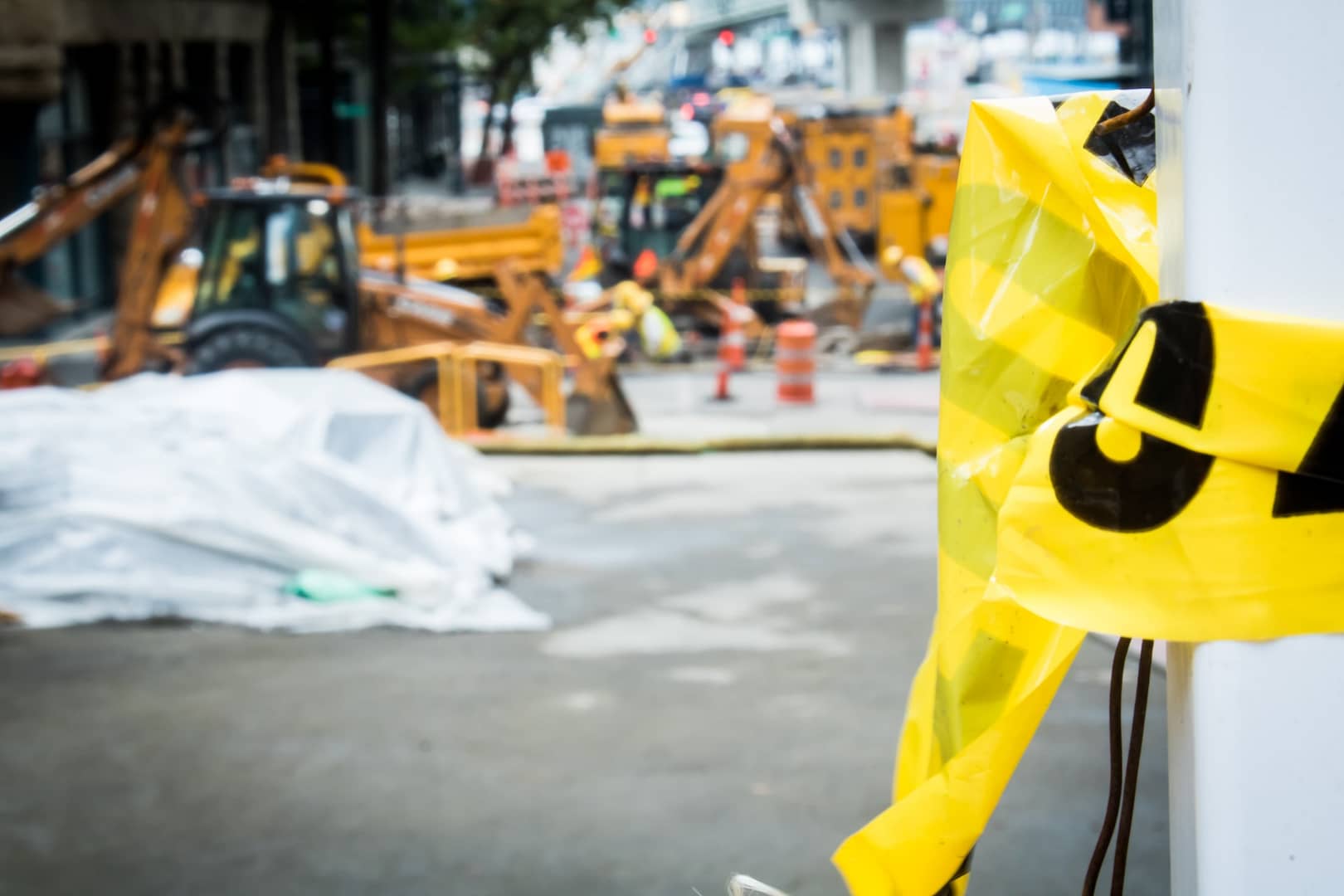Workplace accidents are an unfortunate reality that affects countless individuals across the United Kingdom. These incidents not only disrupt the lives of those involved but also have broader implications for businesses, industries, and society as a whole. Understanding the trends and patterns of workplace accidents is crucial for identifying areas of improvement and implementing effective preventive measures. In this article, we will delve into the most common types of accidents in the UK workplace, as well as explore the overarching trends and patterns in occupational health and safety.
The Most Common Type of Accident in the UK Workplace
When it comes to workplace accidents in the UK, slips, trips, and falls take the top spot as the most common type of incident. These seemingly innocuous occurrences can lead to serious injuries, ranging from sprains and fractures to head trauma. Slips often occur due to wet or slippery surfaces, while trips are commonly caused by obstacles or uneven flooring. Falls, whether from height or on the same level, can result from inadequate safety measures or improper use of equipment.
To illustrate the significance of slips, trips, and falls, let’s imagine a scenario. Picture a bustling office building in central London. Emma, a dedicated employee, is hurrying to a meeting on the fifth floor. As she briskly walks down the corridor, her heel suddenly catches on a loose carpet tile. Unable to regain her balance, Emma stumbles forward and crashes into a nearby filing cabinet. In an instant, she suffers a sprained ankle and a deep gash on her forehead. This unfortunate incident not only causes Emma physical pain but also disrupts her work schedule and impacts her productivity.
Trends and Patterns in Occupational Health and Safety
Over the years, numerous trends and patterns have emerged in the realm of occupational health and safety in the UK. These insights provide valuable information for policymakers, employers, and employees, facilitating the development of effective safety strategies. Let’s explore some of these trends and patterns in more detail:
Age and Experience
One notable trend is the correlation between age and workplace accidents. Statistics reveal that younger workers, particularly those aged 16 to 24, are more prone to accidents than their older counterparts. This vulnerability may be attributed to factors such as inexperience, inadequate training, and a lack of awareness regarding potential hazards. It is crucial for employers to provide comprehensive training programs and mentoring opportunities to help mitigate these risks.
Sector-Specific Hazards
Different industries exhibit distinct patterns of workplace accidents due to their unique hazards. For example, the construction industry often grapples with accidents related to falls from height, electrical incidents, and machinery malfunctions. On the other hand, healthcare workers may face risks associated with exposure to infectious diseases, ergonomic strains, and workplace violence. Recognizing these sector-specific hazards enables employers to tailor their safety protocols and training programs accordingly.
Work-related Stress and Mental Health
In recent years, there has been a growing recognition of the impact of work-related stress on employees’ mental health and well-being. High-pressure environments, long working hours, and job insecurity can all contribute to increased stress levels. Consequently, the incidence of stress-related illnesses, such as anxiety and depression, has risen significantly. Employers are now placing greater emphasis on promoting work-life balance, providing mental health support, and fostering a positive organizational culture.
If you are not being offered this support and your health and safety are not being regarded in your place of work, contact National Claims today. We will be able to walk you through the claims process to help you through your claims journey every step of the way.
What is the Most Common Cause of Accidents in the UK?
While slips, trips, and falls dominate as the most common type of workplace accident in the UK, it is important to delve deeper into the underlying causes of these incidents. The primary factors contributing to such accidents include:
Hazardous Work Environments
Many workplace accidents occur due to hazardous conditions within the work environment. Factors such as wet or slippery surfaces, poor lighting, cluttered walkways, and uneven flooring significantly increase the risk of slips, trips, and falls. It is essential for employers to conduct regular inspections, promptly address potential hazards, and implement appropriate safety measures to create a safe working environment.
Lack of Proper Training
Insufficient training is another key factor that contributes to workplace accidents. Employees who are not adequately trained to identify potential hazards or who lack knowledge of proper safety protocols are more susceptible to accidents. Employers must invest in comprehensive training programs that educate employees about workplace safety, equip them with the necessary skills, and empower them to mitigate risks.
Inadequate Safety Equipment
Failure to provide appropriate safety equipment and personal protective gear significantly increases the likelihood of accidents. Employers have a responsibility to assess the specific needs of their workforce and ensure that employees are provided with the necessary protective equipment. This includes items such as non-slip footwear, hard hats, safety harnesses, and safety goggles, among others.

Human Error
Human error remains a significant factor contributing to workplace accidents. Whether it is a momentary lapse in concentration, fatigue, or neglecting safety procedures, the actions or inactions of individuals can have serious consequences. Employers must foster a culture of accountability, encourage open communication about safety concerns, and emphasize the importance of adhering to established safety protocols.
Conclusion
Understanding the trends and patterns of workplace accidents in the UK is crucial for creating safer work environments and preventing future incidents. Slips, trips, and falls have emerged as the most common type of accident, often caused by hazardous work environments, lack of proper training, inadequate safety equipment, and human error.
To address these challenges, employers must prioritize workplace safety by implementing proactive measures. This includes conducting regular risk assessments, providing comprehensive training programs, ensuring the availability of appropriate safety equipment, and promoting a culture of safety awareness and accountability among employees.
By continuously analyzing and addressing the trends and patterns of workplace accidents, the UK can strive towards safer and healthier work environments, thereby safeguarding the well-being of employees and minimizing the social and economic impact of accidents.
Contact us today at National Claims to get started with your claim regarding your accident at work.
Click below to see why we are one of the most trusted claims management companies in the UK.





